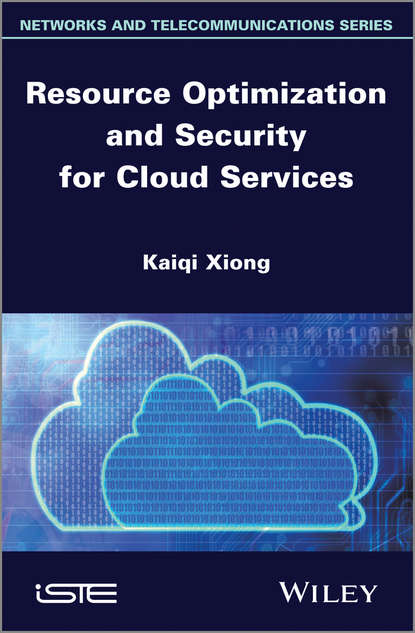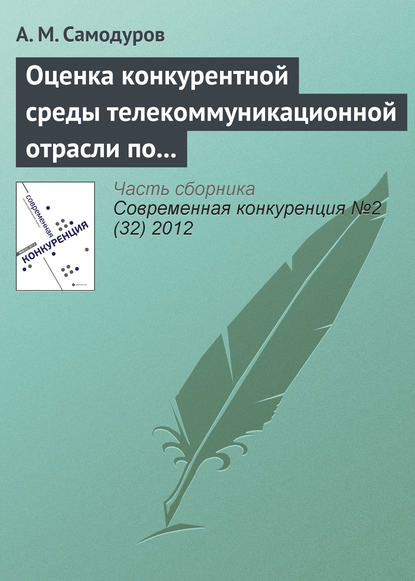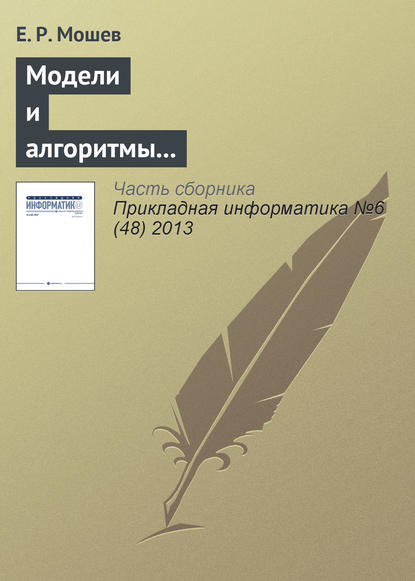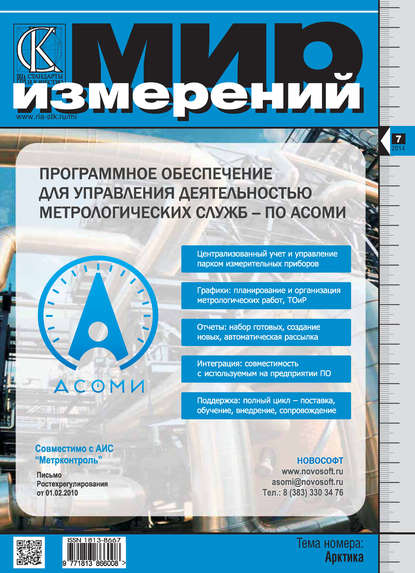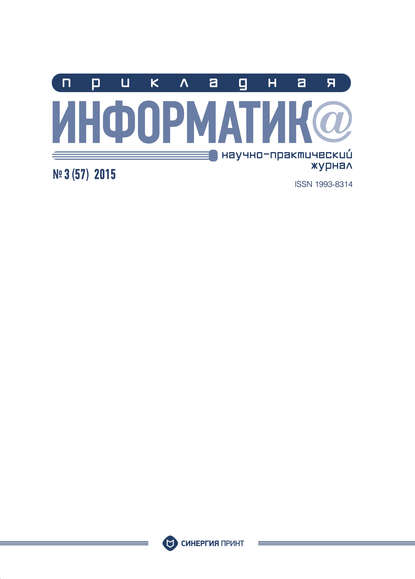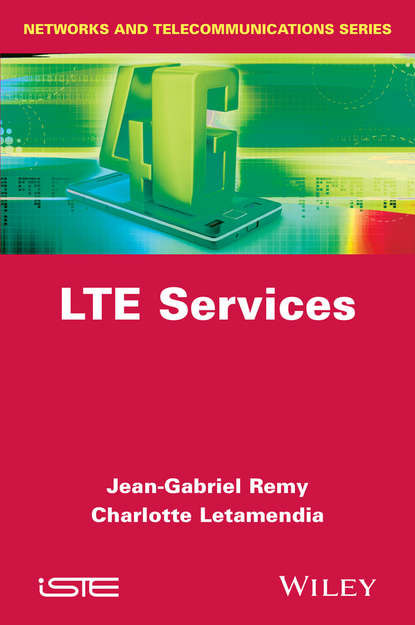Книга “Resource Optimization and Security in Cloud Services” авторства Kaiqi Xiong предлагает читателю подробное исследование надежности, процентильного времени отклика, доступности сервиса и аутентификации в сетях между пользователями и поставщиками облачных услуг, а также на сервисных станциях или сайтах, которые могут принадлежать разным поставщикам услуг.
Первая часть книги содержит анализ процентильного времени отклика - одного из наиболее важных показателей SLA (соглашения об уровне обслуживания). Эффективные и точные численные решения для расчета процентильного времени отклика в одноклассовых и многоклассовых сетях очередей получены. Затем численное решение включено в задачу распределения ресурсов. В частности, авторы представляют подход к оптимизации ресурсов, который минимизирует общую стоимость требуемых компьютерных ресурсов при сохранении заданного процентиля времени отклика.
Во второй части подход расширен для учета надежности, доступности сервиса и процентиля отклика во веб-сервисах. Эти метрики качества обслуживания четко определены и их количественный анализ предоставлен. Авторы затем учитывают эти параметры при оптимизации ресурсов.
В целом, книга “Resource Optimization and Security in Cloud Services” представляет собой полезный ресурс для исследователей и практиков, занимающихся вопросами оптимизации ресурсов и безопасности облачных сервисов. Она предоставляет исчерпывающее руководство по решению задач, связанных с обеспечением надежности и доступности облачных сервисов, а также оптимизации использования ресурсов при соблюдении заданных SLA.
This book examines assurance, percentile service time, and service dependability, and identity validation in data lines between clients and cloud administrations suppliers and in service stops or sites which could be possessed by different administration suppliers. Part 1 of this book focuses on percentile service duration, one of many programme of interface compositions (SLA) measurements. Commendable and reliably numerical decisions for the computation of percentile handle time in solitary-strain and multifaceted queue systems are attained. After that, the numerical decision is incorporated into a asset focalization concern. With this design, this book briefly explores the planning issues in top notch arrangement. Part two extends the model to the inclusion of solace assurance and service durability in Internet foundation services. The organization then takes into account these quality/reliability measures of information system assignments in a reliability dependent asset-allocation issue in which a team of cloud administration assets is applied by a foundation supplier to support a ordinary Internet foundation assignment for solitary-load seller contracting and multiface buyer purchasing, separately. When we on the other hand talk about the third section of the discourse, a emphatic assessment of 2 sharp public prove key encryption-dependent authentication approaches; Public Pebble Interterritorial Authentication in Kerulous (PKCROWS) and Public Verify Using Tickets for Information Server (PKAPP, the anti-KX.503/KAC); is likewise given in dealings with computationally speaks and traffic times, after that their differential fulfilment is demonstrated utilizing queue made-up.PSKTAPP was proposed to manage the exponential personification issue of PKPCOWS. Nonetheless, their profound assessment of these 2 designs shows that PECKTAPP performs not quite as completely as PKI ARROW in a huge system. That suggests they offer a new proof-of-public design. The efficiency assessment demonstrates that the novel method can grow much better than TK.
Электронная Книга «Resource Optimization and Security for Cloud Services» написана автором Kaiqi Xiong в году.
Минимальный возраст читателя: 0
Язык: Английский
ISBN: 9781118898765
Описание книги от Kaiqi Xiong
This book includes a study of trustworthiness, percentile response time, service availability, and authentication in the networks between users and cloud service providers, and at service stations or sites that may be owned by different service providers. The first part of the book contains an analysis of percentile response time, which is one of the most important SLA (service level agreements) metrics. Effective and accurate numerical solutions for the calculation of the percentile response time in single-class and multi-class queueing networks are obtained. Then, the numerical solution is incorporated in a resource allocation problem. Specifically, the authors present an approach for the resource optimization that minimizes the total cost of computer resources required while preserving a given percentile of the response time. In the second part, the approach is extended to consider trustworthiness, service availability, and the percentile of response time in Web services. These QoS metrics are clearly defined and their quantitative analysis provided. The authors then take into account these QoS metrics in a trust-based resource allocation problem in which a set of cloud computing resources is used by a service provider to host a typical Web services application for single-class customer services and multipleclass customer services respectively. Finally, in the third part of the book a thorough performance evaluation of two notable public key cryptography-based authentication techniques; Public-Key Cross Realm Authentication in Kerberos (PKCROSS) and Public Key Utilizing Tickets for Application Servers (PKTAPP, a.k.a. KX.509/KCA); is given, in terms of computational and communication times. The authors then demonstrate their performance difference using queuing networks. PKTAPP has been proposed to address the scalability issue of PKCROSS. However, their in-depth analysis of these two techniques shows that PKTAPP does not perform better than PKCROSS in a large-scale system. Thus, they propose a new public key cryptography-based group authentication technique. The performance analysis demonstrates that the new technique can scale better than PKCORSS and PKTAPP.
